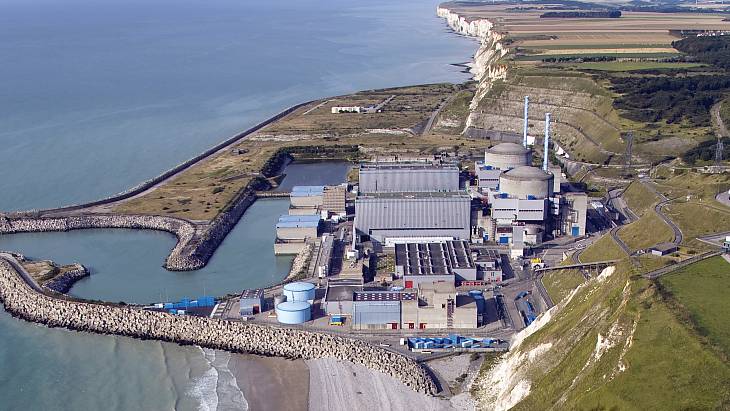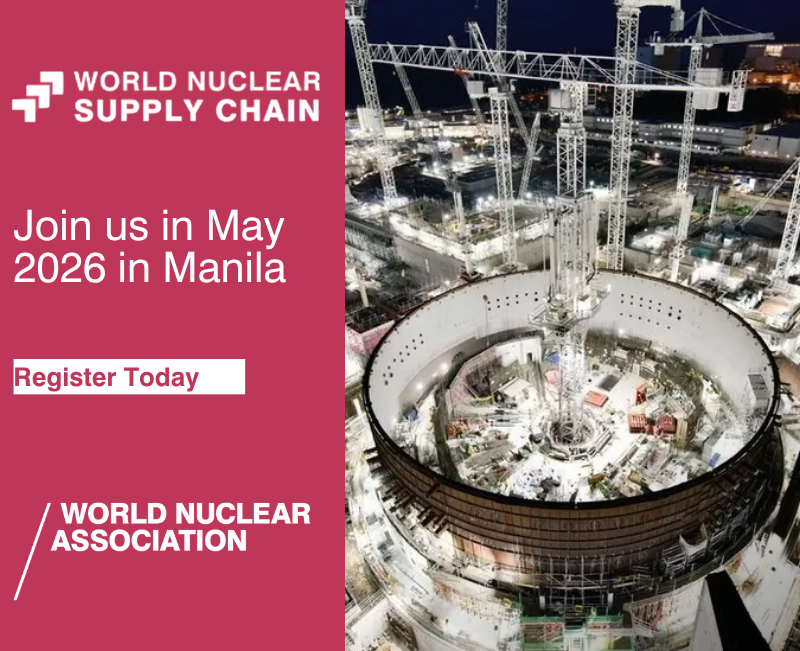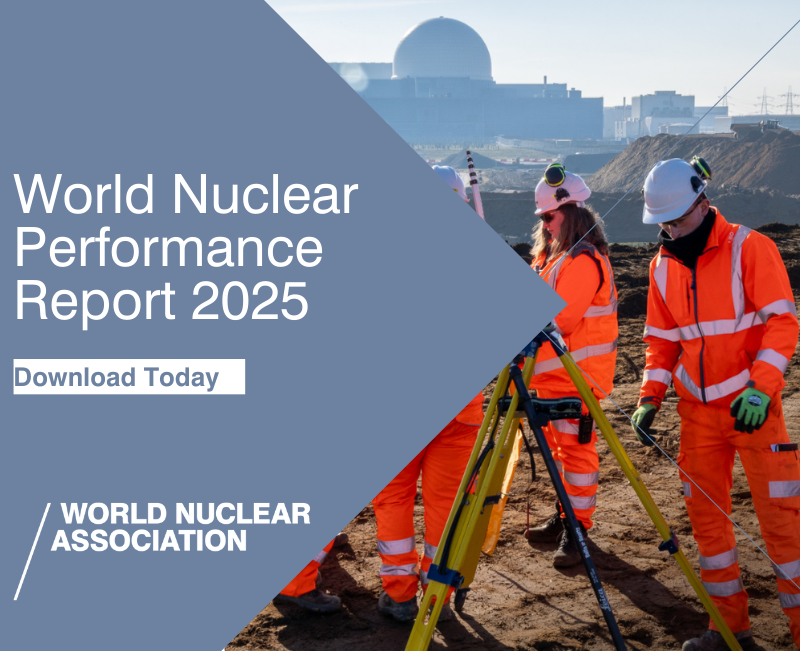According to the Russian state corporation, the technical specifications for the construction of a new Russian-designed nuclear power plant in India with VVER-1200 reactor units are currently being prepared and new areas of cooperation are also being discussed, including the construction of small nuclear power plants of Russian design, with floating power units one possible option.
The talks included a review of progress at the Kudankulam Nuclear Power Plant construction project.
The Kudankulam site, about 100 kilometres from the port city of Tuticorin at the southern tip of India, is already home to two operating Russian VVER 1000 pressurised water reactors which have been in commercial operation since 2014 (Kudankulam unit 1) and 2017 (unit 2).
Rosatom said: "Unit 3 is currently undergoing pre-startup operations and preparing for one of the most important milestones - the testing of the safety systems for the open reactor. In parallel, construction and installation work and the delivery of equipment to power unit 4 continues, and construction of the third stage - power units 5 and 6 - is also actively under way."
Two further units - Kudankulam 7 and 8, with larger VVER-1200 reactors - have been previously proposed as a fourth phase of the plant.
In its report of the talks, which were led in Mumbai by Rosatom Director General Alexei Likhachev and Ajit Kumar Mohanty, Director General of the Department of Atomic Energy of India, Rosatom said: "The discussion covered expanding the partnership, including developing large and small nuclear power plant projects and cooperation in the nuclear fuel cycle. Particular attention was paid to the potential for localising equipment manufacturing. Meeting participants noted the valuable experience gained during the Kudankulam NPP project and emphasised their readiness to implement new major nuclear energy initiatives in India."
Likhachev said: "The Kudankulam project laid the foundation for our partnership and paved the way for new joint initiatives and technology exchange. We have built an effective system of cooperation and a reliable supply chain, which has become the foundation for the further development of new projects - whether large or small-scale nuclear power plants."
According to World Nuclear Association information, India currently has 24 operable nuclear reactors totalling 7,943 MW of capacity, with six reactors - 4,768 MW - under construction. (The Indian government often classes two units at Gorakhpur where site works have begun as being under construction, although the first concrete for the reactor buildings has not yet been poured.) A further 10 units - some 7 GW of capacity - are in pre-project stages.
India has a target to expand its nuclear energy capacity to 100 GW by 2047. It plans to achieve this by a two-pronged approach, with the deployment of large-capacity reactors as well as small modular reactors (SMRs). In August Minister of State Jitendra Singh outlined to the country's Parliament the three types of SMR that are being designed and developed by the Bhabha Atomic Research Centre for demonstration: the 200 MWe Bharat Small Modular Reactor (sometimes referred to as BSMR-200); a 55 MWe small modular reactor (SMR); and a 5 MWt high temperature gas cooled reactor for hydrogen production by coupling with suitable thermochemical process for hydrogen production.





_47120.jpg)

_23621.jpg)






